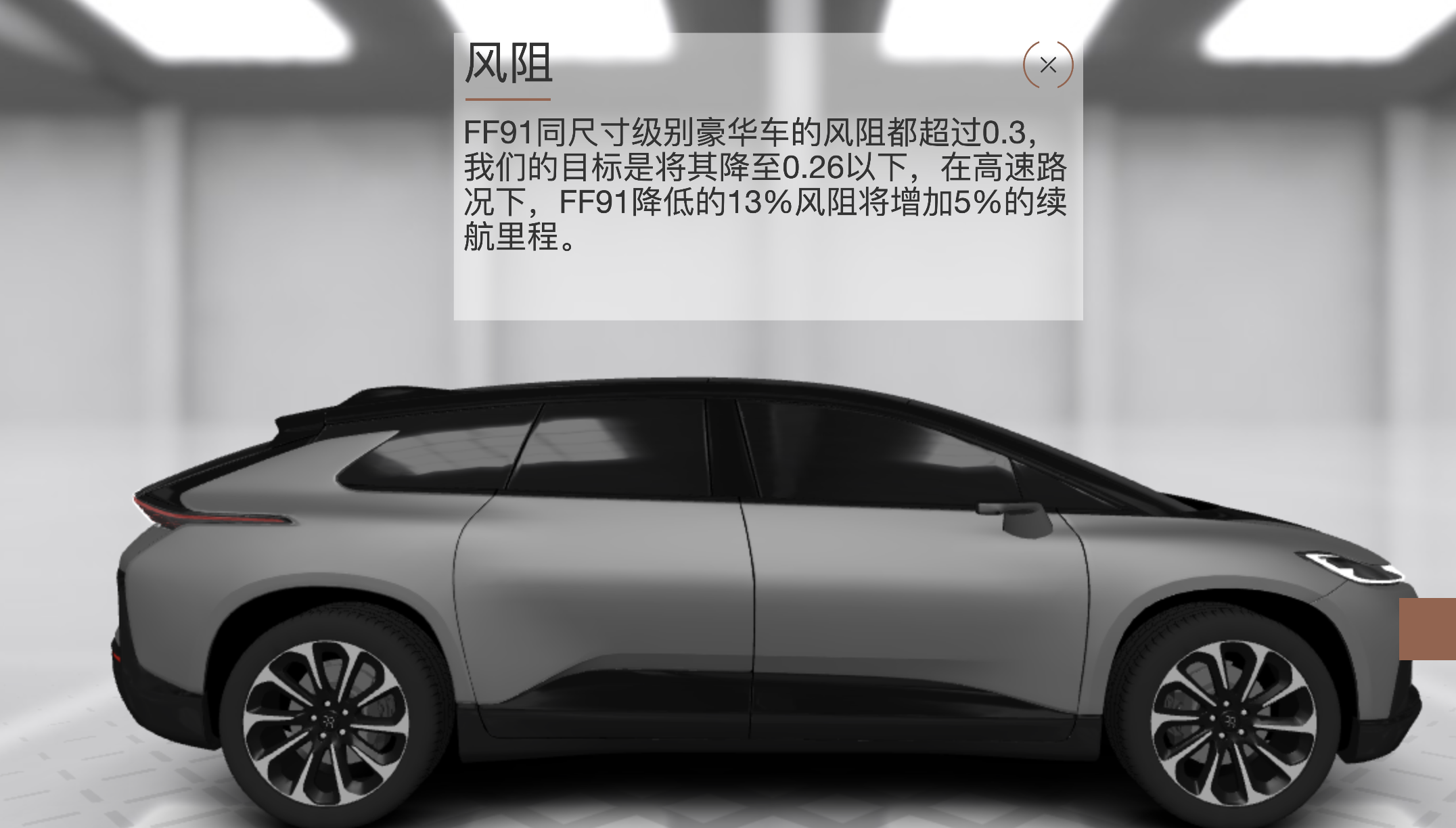Translation
On April 1st, 2021, known as April Fool’s Day, as someone who holds the utmost respect for science in Garage 42, I need to give a simple lesson to those who don’t understand the drag coefficient.

Without further ado, let’s get straight to the point. The drag coefficient or C_D (the subscript on the official website of this garage cannot be expressed temporarily) is the literal meaning of “drag coefficient” in English. So, what are the characteristics of this coefficient? Let me emphasize three times, it is:
Unitless! Unitless! Unitless!
- Let’s calculate the formula in the figure above to prove this point. First, let’s translate it:

- After simple rearrangement, we will find that the expression of the drag coefficient is:

- Don’t panic, these operations are all from junior high school mathematics, but science is rigorous. So, let’s add units and calculate it again to find out whether the drag coefficient has units or not. (The unit of force is “newton”, the unit of density is “kilograms per cubic meter”, the unit of velocity is “meter per second”, and the unit of area is “square meter”.)

- Therefore, we know that Newton’s second law of motion is:

-
And the unit of mass is “kilogram”, and the unit of acceleration is “meter per square second”. So the unit of force is:“`

-
Embedding the equation from Step 3, we can see that the units on the right-hand side of the equation cancel out, so the drag coefficient is dimensionless.
So, what are some common mistakes?
- Confusing concepts
Drag = Drag Coefficient
This is problematic and indicates a low understanding of the parameter by the automaker or the media. One indicates the size of the resistance, while another indicates the shape factor that affects the size of the resistance.
Here’s a simple example: If you enlarge the size of a banana so that its cross-sectional area is 100 times larger, its drag coefficient will not increase because the drag coefficient is only related to the shape that the wind passes through. However, the resistance produced by this larger banana at the same wind speed will increase by 100 times. Do you understand?
- Treating C_D as a unit
A certain car model’s drag coefficient is 0.23 cd (and the capitalization hasn’t even been figured out yet)
This can only indicate disrespect for science and fuzzy understanding of mathematical concepts and physical rules by an automaker or the media. The correct expression is “drag coefficient = 0.23.” If you really want to appear high-end by using CD, it is either “drag coefficient (CD) = 0.23″ or “C_D = 0.23”. Do you remember?
- Sharing real-life examples



Faraday Future, Tesla, and Rivian have all made the above-mentioned mistakes.
- Companies worth praising


Both NIO and XPeng have passed the test, demonstrating a rigorous attitude towards science.
Final Words
In fact, these data and numbers are impossible for the engineers and scientists in a car maker’s R&D team to be unaware of. However, due to the impossibility for each department to synchronize every detail and knowledge, such problems are inevitable. Looking at the automotive media, especially those claiming to be professional, making such mistakes is even more disgraceful, and it will also mislead the audience, leading to the spread of scientific illiteracy and affecting the healthy development of the market. We should take this as a lesson and adjust our attitudes towards science, humbly learning to improve our professional literacy. Oh, by the way, since the drag coefficient of the Ideal car is not impressive, I was unable to find related data on the official website. I guess its drag coefficient should be over 0.3.
This article is a translation by ChatGPT of a Chinese report from 42HOW. If you have any questions about it, please email bd@42how.com.
